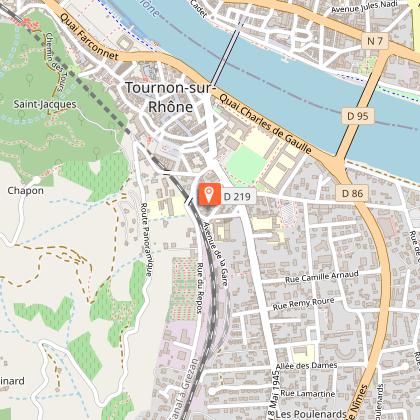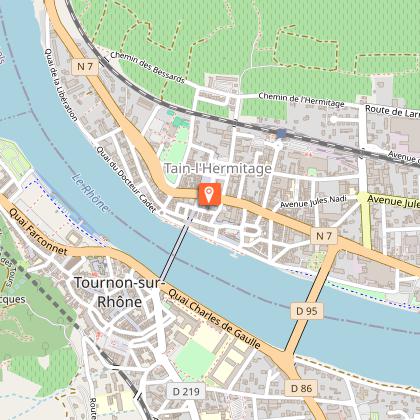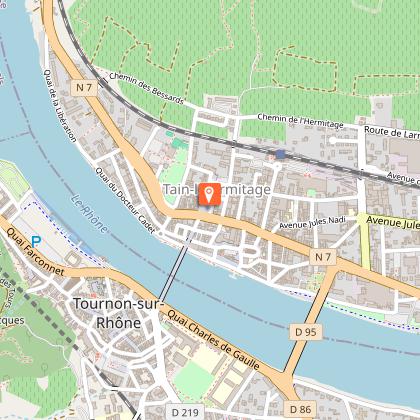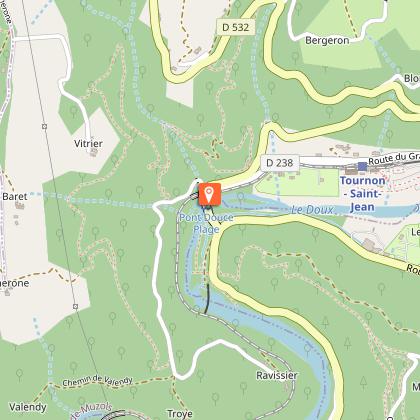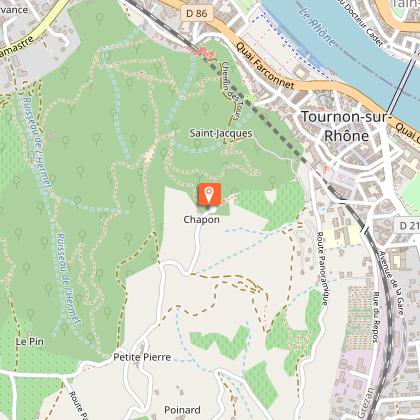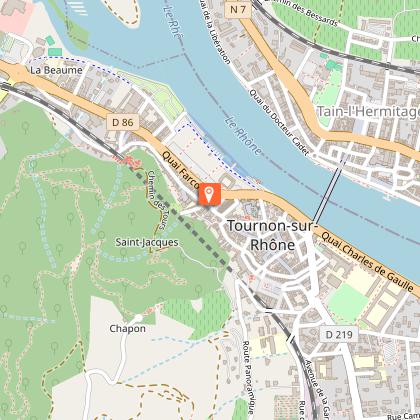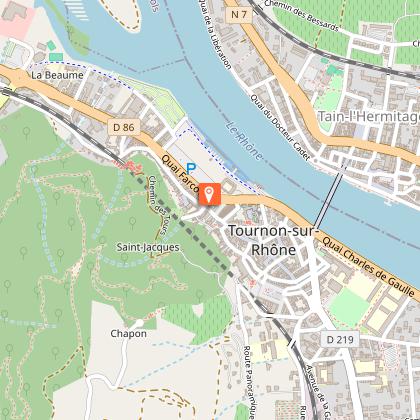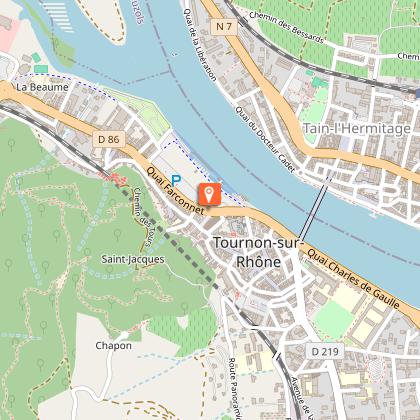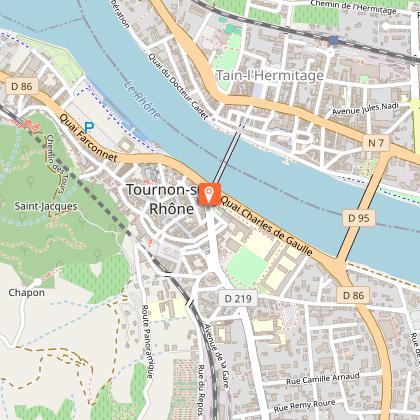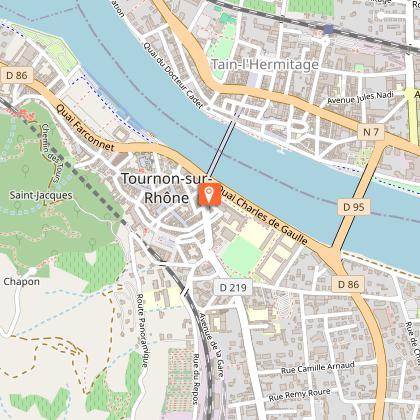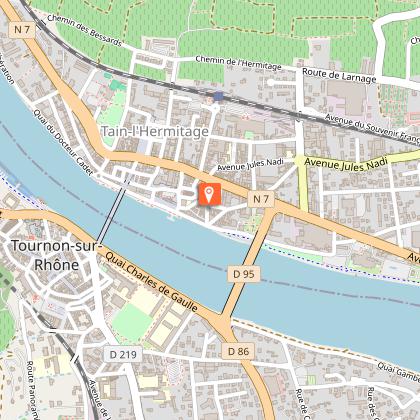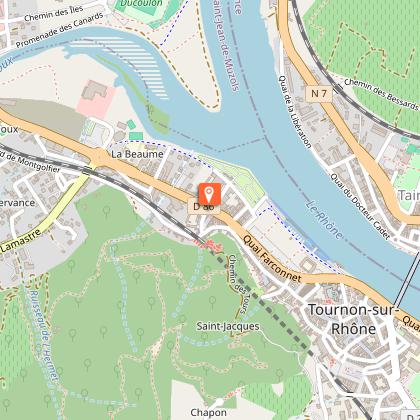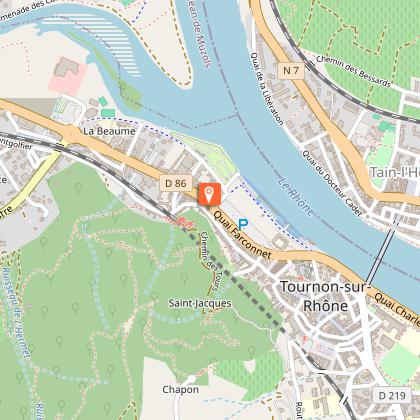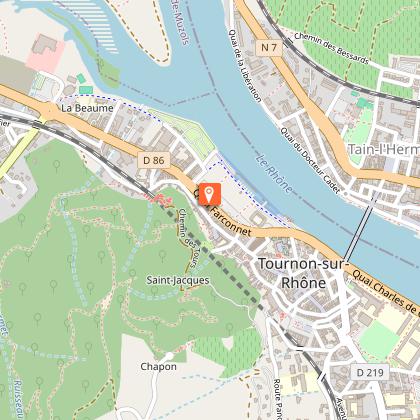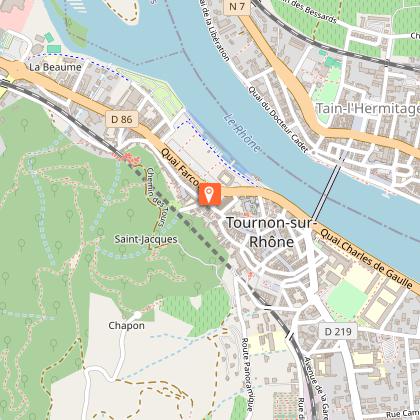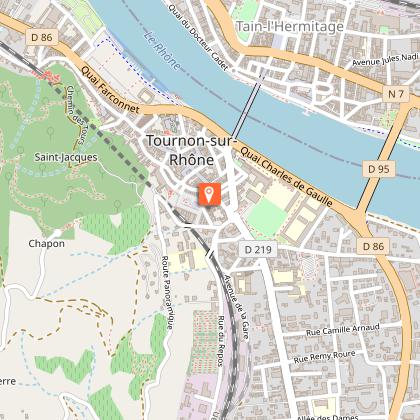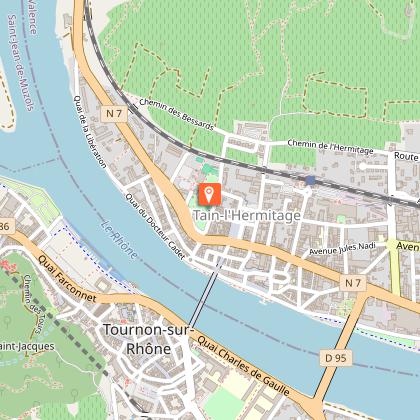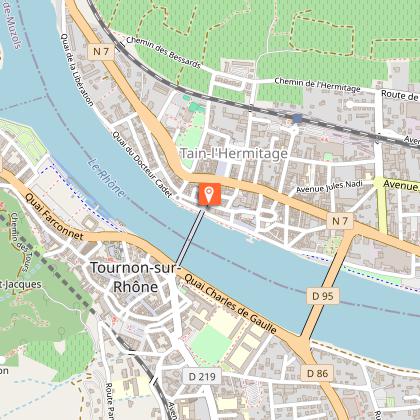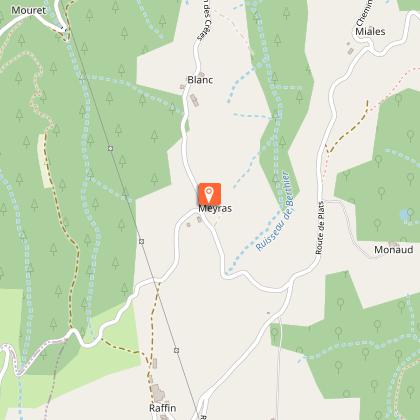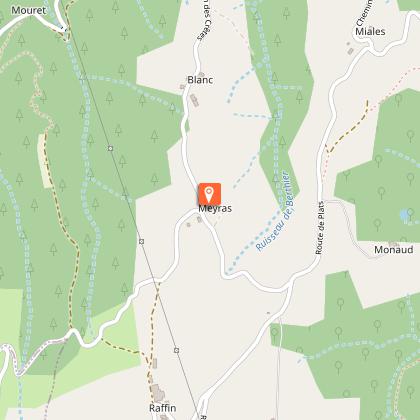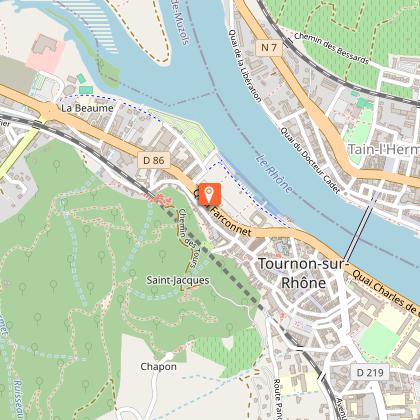Tours
Activities
Places of interest
Where to eat
Where to sleep
Camping Les Acacias: Escape to Tournon-sur-Rhône
Are you the owner?Welcome to Camping Les Acacias, the perfect starting point for discovering the wonders of Tournon-sur-Rhône and its region. Enjoy a stroll through the beautiful Côtes du Rhône vineyard or visit the Château de Tournon, a medieval gem offering breathtaking views over the Rhône Valley. Wander through local markets to savor Ardèche specialties like truffles and cheeses, and explore the hiking trails o...See more
Walking around CAMPING LES ACACIAS
See more suggestionsEnjoy pleasant walks in CAMPING LES ACACIAS.
See more suggestionsWhat to do in CAMPING LES ACACIAS
See more suggestionsRelax and have fun with the available activities in CAMPING LES ACACIAS.
See more suggestionsIGN cards

3035SB - TOUNON-SUR-RHÔNE SATILLIEU
Editor : IGN
Collection : TOP 25 ET SÉRIE BLEUE
Scale : 1:25 000
13.90€

VEL01 - LA DRÔME A VELO
Editor : IGN
Collection : DECOUVERTE A VELO
Scale : 1:105 000
9.10€

TOP100D07 - ARDÈCHE PRIVAS AUBENAS VALLON-PONT-D'ARC PNR DES MONTS D'ARDÈCHE
Editor : IGN
Collection : TOP 100
Scale : 1:100 000
8.40€

TOP100D26 - DRÔME VALENCE MONTÉLIMAR DIE PNR DES BARONNIES PROVENÇALES PNR DU VERCORS
Editor : IGN
Collection : TOP 100
Scale : 1:100 000
8.40€

202 JURA ALPES DU NORD
Editor : IGN
Collection : TOP 200
Scale : 1:200 000
6.80€

D38 ISÈRE
Editor : IGN
Collection : CARTES DÉPARTEMENTALES IGN
Scale : 1:150 000
5.90€

D42-43 LOIRE HAUTE-LOIRE
Editor : IGN
Collection : CARTES DÉPARTEMENTALES IGN
Scale : 1:150 000
5.90€

D07-26 ARDÈCHE DRÔME
Editor : IGN
Collection : CARTES DÉPARTEMENTALES IGN
Scale : 1:150 000
5.90€
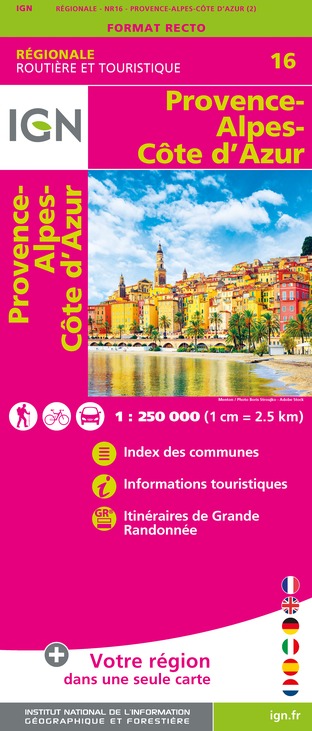
NR16 PROVENCE-ALPES-CÔTE D'AZUR
Editor : IGN
Collection : CARTES RÉGIONALES IGN
Scale : 1:250 000
6.80€

EUROPE
Editor : IGN
Collection : DÉCOUVERTE DES PAYS DU MONDE IGN
Scale : 1:2 500 000
7.00€
What to visit in CAMPING LES ACACIAS
See more suggestionsLearn the history of CAMPING LES ACACIAS through its museums.
See more suggestionsWhere to eat in CAMPING LES ACACIAS
See more suggestionsEstablishments in CAMPING LES ACACIAS offer dishes for all tastes.
See more suggestionsWhere to sleep in CAMPING LES ACACIAS
See more suggestionsFind the perfect lodging for your visit to CAMPING LES ACACIAS.
See more suggestions













